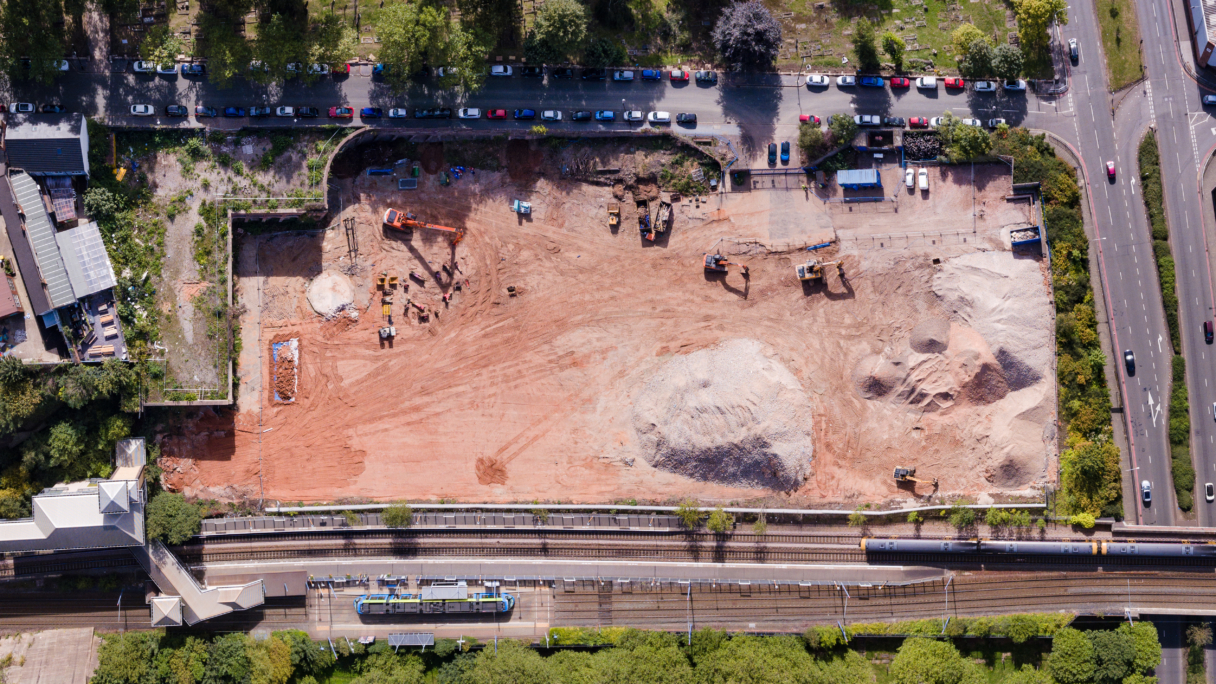The UK faces a persistent challenge in delivering high-quality housing across multiple sectors—from residential developments and student accommodation to care homes and retirement living.
At the same time, sustainability in the housing sector is no longer optional—it is essential. The UK’s ambitious net-zero targets, coupled with increasing consumer demand for energy-efficient and climate-resilient homes, underscore the importance of greener finance.
With ESG factors now firmly embedded in real estate investment decisions and everyday practice, lenders must explore new ways to demonstrate their impact and value beyond just metrics. Meanwhile, borrowers need access to capital that enables them to implement sustainable practices effectively.
The role of SME borrowers in sustainable development
While government policies and large institutional developers play a significant role in shaping the built environment, the contribution of SME (small and medium size enterprise) developers is particularly important in advancing sustainable development.
SME borrowers bring unique strengths to the market. These smaller firms offer agility, innovation, and a community-focused approach to housebuilding. They are often more adaptable, capable of repurposing brownfield sites efficiently, and open to experimenting with sustainable construction methods.
The transformation of underutilised spaces into thriving, sustainable communities is a critical component of responsible lending. Whether through repositioning, redevelopment, or refurbishment, these projects must serve the evolving needs of local communities. Repurposing brownfield sites, regenerating urban areas, and upgrading ageing infrastructure can unlock significant social and environmental benefits while ensuring long-term asset resilience.
Many commercial assets—such as obsolete office buildings, disused retail spaces, and ageing industrial sites—hold the potential to be converted into much-needed residential units, student accommodation, care facilities, or mixed-use developments. With the right financing, these projects enhance the built environment and generate strong, risk-adjusted returns, proving that sustainability and financial performance can go hand in hand.
However, many SME borrowers face barriers when trying to implement best ESG practices. The biggest challenge remains access to finance on terms that reflect their sustainability ambitions rather than penalise them for their size. This disconnect between ambition and access highlights the need for more inclusive financial frameworks.
Access to responsible finance should not be a privilege reserved for the largest players. By ensuring that capital flows to projects delivering both financial and social value, a stakeholder-driven approach to lending decisions can help bridge this gap and support the vital contributions of SME developers.
A stakeholder-driven approach
Adopting a stakeholder-driven approach to lending involves assessing how all stakeholders—employees, communities, and the environment—are affected by investment decisions.
This approach ensures that the needs of people and the planet are considered, and allows lenders to demonstrate how their capital supports sustainable and responsible development. By viewing the environment as a key stakeholder, lenders have a unique opportunity to accelerate the transition to a low-carbon future.
Where existing structures cannot viably be refurbished to meet modern standards, responsible redevelopment can deliver best-in-class, highly efficient buildings that set new benchmarks for sustainability and occupier well-being. Meanwhile, refurbishment presents a powerful opportunity to improve EPC ratings, integrate renewable energy solutions, eliminate fossil fuel dependency, and enhance urban biodiversity.
As stewards of capital, lenders are well-positioned to drive meaningful change in the built environment. By taking a long-term, stakeholder-driven approach, they can support projects that prioritise environmental impact and community benefit. With a growing emphasis on repositioning, refurbishment, and redevelopment, lenders can ensure that sustainable finance supports projects delivering lasting, positive change.



